Wearable Fitness Technology
LETS DISCUSS FITNESS TRACKERS
Wearable fitness technology refers to electronic devices that are worn on the body to track and monitor various aspects of fitness and exercise. Here’s everything you need to know about wearable fitness technology and how it can enhance your exercising experience:
Types of Wearable Fitness Technology
Fitness Trackers: These devices typically come in the form of wristbands or smartwatches and track metrics like steps taken, distance traveled, calories burned, heart rate, sleep patterns, and sometimes even GPS for outdoor activities.
Heart Rate Monitors: These devices can be worn on the wrist or chest and provide continuous monitoring of your heart rate during exercise, helping you track intensity and optimize your workouts.
Smartwatches: In addition to fitness tracking features, smartwatches offer a range of functionalities like receiving notifications, music control, GPS navigation, and even mobile payment options.
GPS Sports Watches: Designed specifically for outdoor activities, these watches provide accurate tracking of distance, pace, elevation, and route mapping.
Smart Clothing: Some companies have developed clothing embedded with sensors to track metrics like heart rate, breathing rate, and movement. These garments can provide a seamless and unobtrusive way of monitoring fitness data.
Benefits of Wearable Fitness Technology
Real-time data: Wearable devices offer instant feedback on various metrics, allowing you to monitor your progress and make adjustments during your workouts.
Goal setting and motivation: Many wearables allow you to set goals and receive notifications or reminders, helping you stay motivated and accountable to achieve your fitness targets.
Tracking progress: By monitoring data over time, wearables can provide insights into your progress, allowing you to analyze trends and make informed decisions about your training.
Personalized training: Wearables can provide customized recommendations based on your fitness level, heart rate, sleep patterns, and other data points, helping you optimize your workouts for better results.
Social interaction: Some wearable devices and fitness apps offer social features that allow you to connect with friends or participate in challenges, fostering a sense of community and healthy competition.
Effective Use of Wearable Fitness Technology
Choose the right device: Consider your specific fitness goals, activities, and preferences when selecting a wearable device. Research different options, read reviews, and compare features to find the one that suits your needs.
Understand the metrics: Familiarize yourself with the metrics your device tracks and what they mean. This knowledge will help you interpret the data accurately and make informed decisions.
Set realistic goals: Utilize the goal-setting features of your wearable device to establish achievable targets. Start with small milestones and gradually increase the challenge as you progress.
Sync and analyze data: Regularly sync your device with the associated app or platform to review your workout data and analyze trends. Look for patterns and insights that can help you adjust your training or identify areas for improvement.
Pair with other tools: Combine wearable technology with other training tools, such as workout apps, fitness programs, or professional guidance, to get a comprehensive approach to your fitness routine.
Maintain device functionality: Follow the manufacturer’s instructions for device care, charging, and software updates to ensure your wearable remains accurate and reliable.
Remember, wearable fitness technology is a valuable tool, but it should not replace your own intuition and listening to your body. Use the data and insights provided by wearables to inform your training decisions and tailor your workouts to your specific needs and goals.


